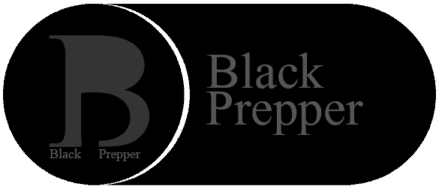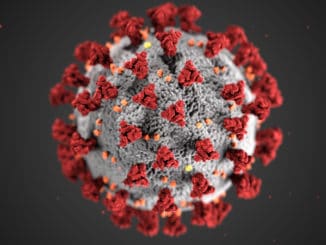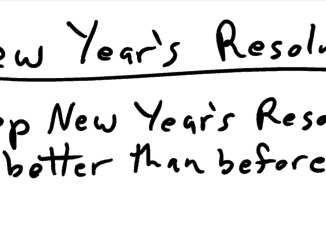
As a mother of three children, who breastfed two of them, I consider myself pretty well versed in breastfeeding. I did not breastfeed my oldest at all. I received Enfamil in the hospital and did what any other new mother without background information would do. I sterilized bottles, filled them with formula and put cereal in the bottle to “help her sleep.” I wasn’t educated on the benefits of breastfeeding before I went in to give birth and the hospital didn’t offer any breastfeeding information. This was in the late 1990s and since then many policies and procedure in hospitals have changed.
Since that time, I have breastfed one child until two years old and currently breastfeeding a toddler. With both of these pregnancies, I researched and read medical articles and made sure that I had any and all the information I needed to successfully breastfeed. Both times, I was able to designate before giving birth that I did not want my babies to receive anything but breast milk. That included water and pacifiers. By this time in my life, I knew that breastfeeding is more than just a way to feed your children.
Honestly, breastfeeding is hard work. There are times when you are just tired. Tired of having milk come in, tired of having a baby hanging from your chest, tired of always having to make sure you are wearing something that can be lifted or unsnapped. However, all those feelings are ok and they eventually pass. Everyone has bad day. You keep going because you know that feeding your baby this way is the best thing for both of you.
As to the benefits of breastfeeding – first, the American Academy of Pediatrics, the Centers for Disease Control (CDC) and the World Health Organization (WHO) all recommend that mothers exclusively breastfeed for at least the first 6 months. They also recommend that breastfeeding continue until the child is at least 2 years old or beyond if both mother and child wish to continue. Breastfeeding has benefits for both baby and mother. Breastfeeding has been shown to protect against infections and illnesses, reduce infant mortality, and reduce the risk of ovarian and breast cancers. I have chosen to practice what is known as baby led weaning where I let the child decide when she is done breastfeeding. That is my choice. Naturally, you have to decide what is best for you and your family.
How does this tie into prepping? In an emergency, you might not have access to clean water to sterilize bottles, or to add to powdered formula. Infant formula has to be prepared a certain way or it will harm the baby. In an emergency, water would be used for cleaning and sterilization of bottles instead of consumption. Breastfeeding eliminates the need for bottles and sterilization. As long as you stay hydrated, your baby will be able to breastfeed and have its nutritional needs satisfied. Your baby will also have the comforting benefit of being close to you in the emergency, which will help to keep him or her calm.
Some quick facts about breastfeeding in an emergency:
Stress
Emergencies are often stressful. Although a woman may be under stress during an emergency, she can still breastfeed. This is where a support system in your family or others who are around can help. Providing the breastfeeding woman with a relaxing place (as relaxing as possible given the situation and/or environment) to breastfeed will help relieve some of the stress.
Malnutrition
In a prolonged emergency or in a situation where food for the mother has not been available for a period of time, breastfeeding is still possible. A woman who is malnourished can still breastfeed. We may not have an emergency that puts us in a position where we are malnourished but it is important to know that breastfeeding is still possible when a woman is suffering from malnutrition.
Relactation
In addition to being able to breastfeed even if she is malnourished, it is possible for a woman who has previously stopped breastfeeding to relactate and breastfeed again. If an emergency arises, a woman can latch the infant onto her breast and begin the process of relactation to feed the infant. This may become necessary if you are unsure of the safety of the water in the area or if you have a formula supply that will not last through the emergency.
There is a plethora of information on the internet about the benefits of breastfeeding. Some reputable organizations are United States Breastfeeding Committee (usbreastfeeding.org), La Leche League (lll.org) and Kelly Mom (kellymom.com.)
For any mother, breastfeeding is a powerful tool to have in an emergency.
L.P.
Preptobismom
Twitter: @preptobismom
Email: [email protected]
Check us out on Facebook, Twitter @blackpreppers and @preptobismom, and check in on the blog regularly.




Be the first to comment